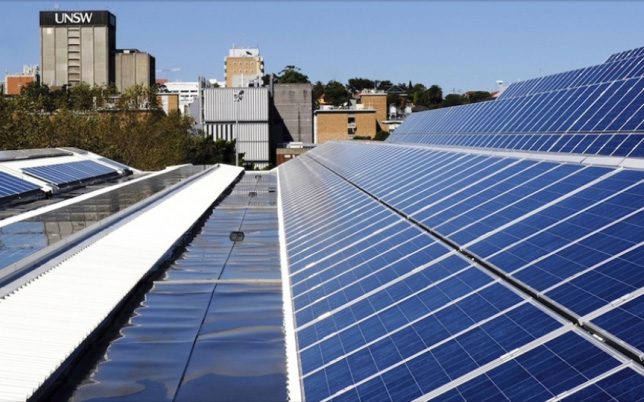Summary
This project will develop the next generation of high efficiency silicon solar cells, with advanced electrical contacts based on doped poly-silicon layers, aiming to achieve efficiencies above 26 per cent in mass production.
Need
This project is funded under the ULCS PV Research and Development Round (R&D) and will build on ARENA’s previous investment into solar PV that support projects aligning with ARENA’s ‘Solar 30 30 30’ target to improve module efficiency to 30 per cent and reduce total construction costs of utility scale solar farms to 30 cents per watt by 2030. Funding will focus on commercialisation prospects, which will take place after an initial R&D phase, to assist getting the new technologies into the market.
Tunnel Oxide Passivated Contact (TOPCon) solar cells are gaining market share due to their higher cell efficiencies compared to the current industry-standard, Passivated Emitter and Rear Cells (PERC). However, further improvements in TOPCon technology are required to enable efficiencies above 26 per cent to be achieved in mass production. This project will develop and demonstrate these new technologies and provide a pathway for their implementation in industry through our project partner, Jinko Solar.
Action
This project will deliver industrially viable technologies for improved silicon solar cell efficiencies, by developing and evaluating three separate technology pathways based on doped-poly-silicon contacts; ultra-thin poly-silicon films, localised poly-silicon contacts, and transparent poly-silicon contacts. Defect engineering will also be applied to investigate and mitigate efficiency limiting defects in industrial silicon wafers.
The project aims to achieve a cell efficiency of at least 26.5 per cent on prototype cells in R&D, and average efficiency of 26 per cent in pilot production by the end of the 3-year R&D phase, and a scale-up to mass production in the subsequent 2-year commercialisation phase with a demonstrated average efficiency of 26 per cent.
Outcome
The project will achieve the following outcomes:
- Increased skills, capacity and knowledge relevant to renewable energy technologies through the dissemination of key research findings to the photovoltaic research community, industry, and the public.
- Improvement in the technology readiness and commercial readiness of low parasitic absorption poly-silicon passivating contacts and advanced defect mitigation for application in Solar PV, through the development and testing of the technologies, and demonstration on industrial large-area solar cells with optimisation guided by advanced simulation, to enable average efficiencies above 26 per cent in mass production.
- Acceleration of the development of commercially competitive modules with efficiencies above 30 per cent.
- Acceleration of cost reductions for utility scale solar PV towards 30 cents per watt; and
- Improvement in cell degradation to support progression towards 30-year solar module asset life.
Additional impact
This project will:
- support and keep Australia on the forefront of solar photovoltaics research and development. For example, the current mainstream PERC cells were first developed in Australia,
- create more than 8 jobs including chief investigators contributing to the project, newly recruited research staff, and related PhD students,
- develop a technological roadmap for high efficiency silicon solar cells based on doped poly-silicon contacts. The challenges identified and the solutions developed in the project will provide opportunities along the production chain, including equipment and PV module manufacturers.




